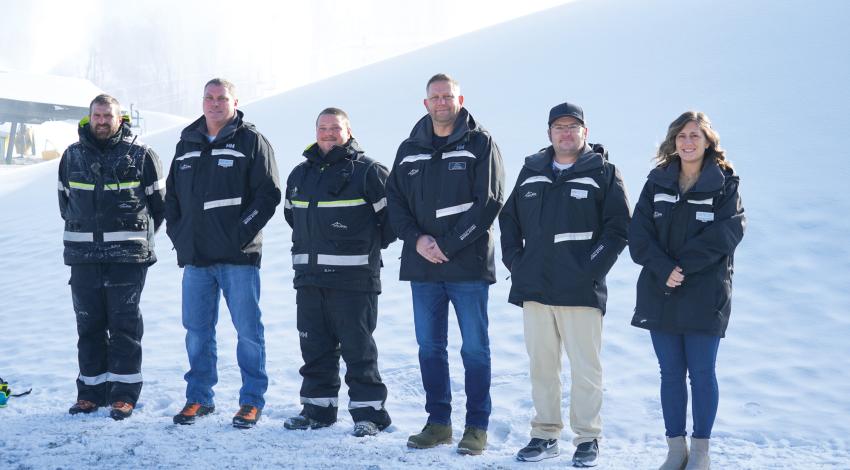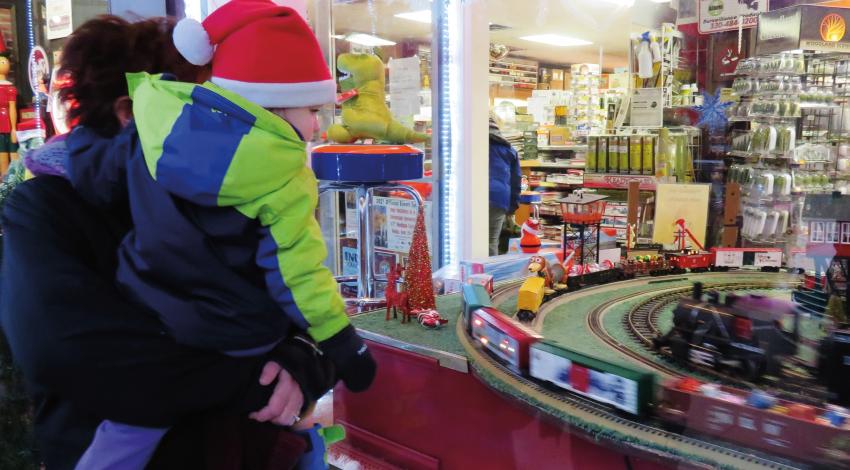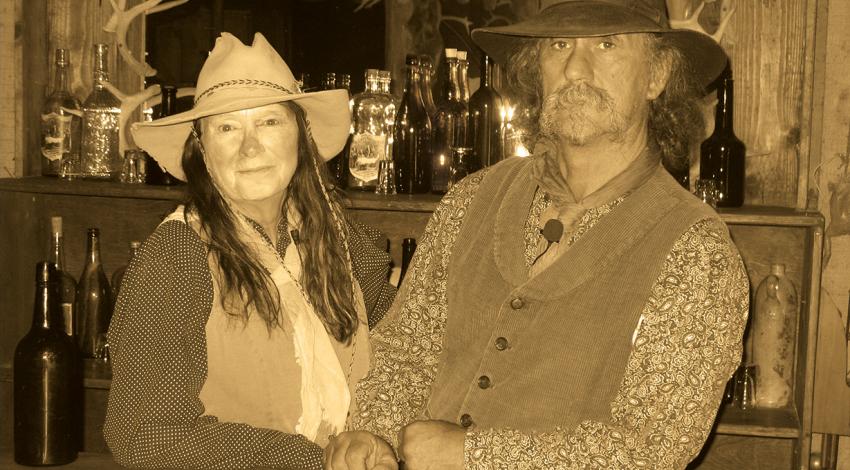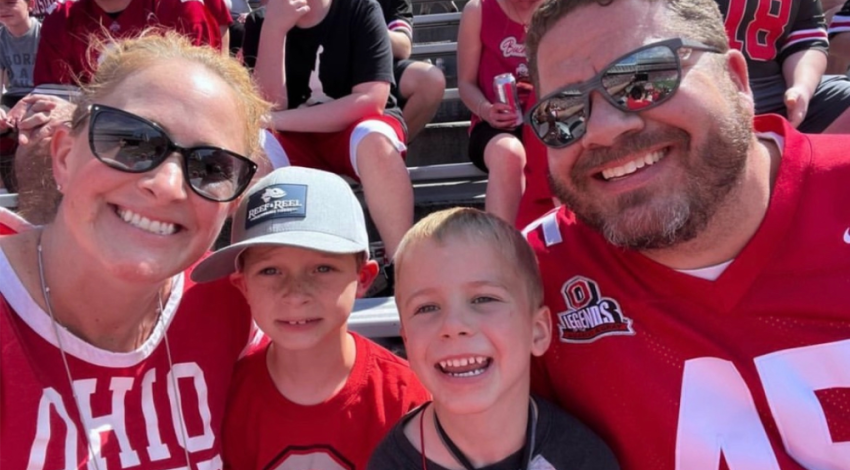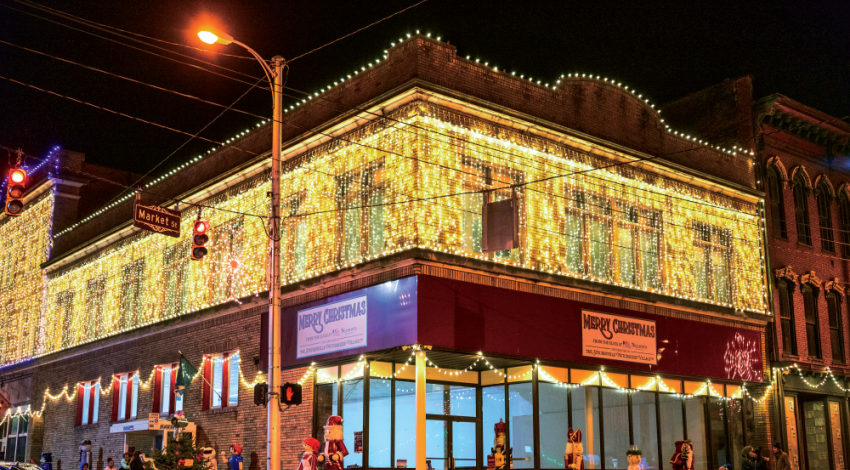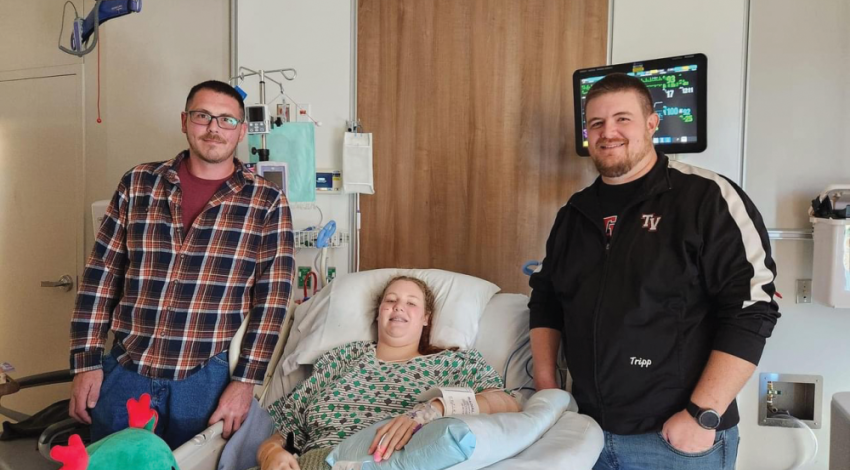When he was 12, John Buchenroth received a Christmas gift of $10, which was a considerable sum in 1962. It turned out to be a life-changing gift for the Bellefontaine youngster.
Mad River has been owned by Vail Resorts since 2019, when the Colorado-based company purchased all 17 properties previously owned by Peak Resorts, Inc., including three other Ohio resorts. Mad River isn’t the oldest resort in Ohio — Snow Trails in Mansfield opened a year earlier — but it lays claim to being the largest in the Buckeye State, covering 144 acres, with a peak elevation of 1,460 feet above sea level.
